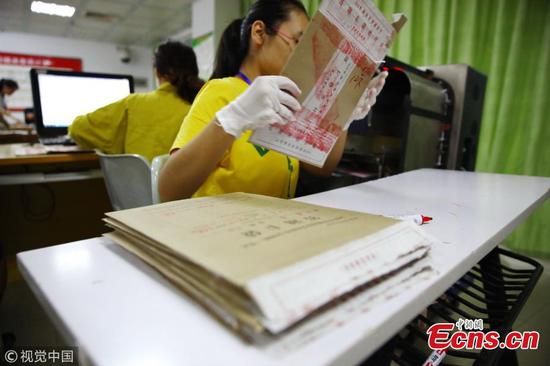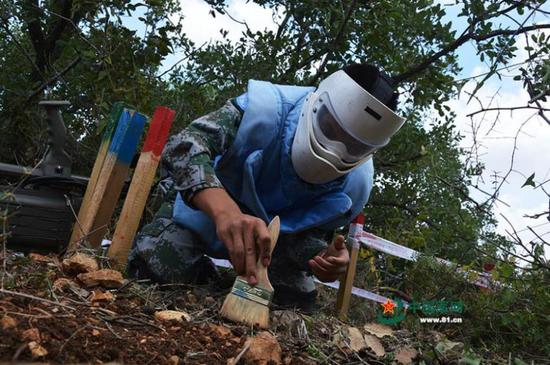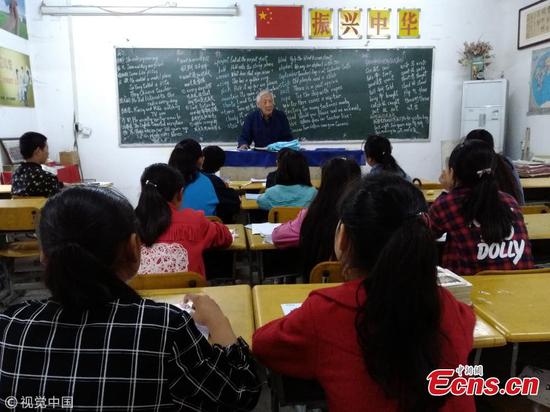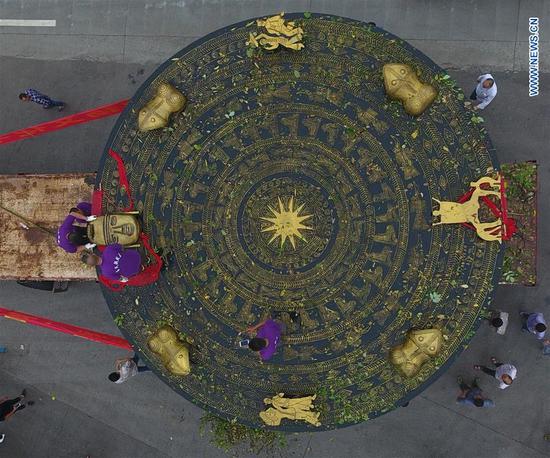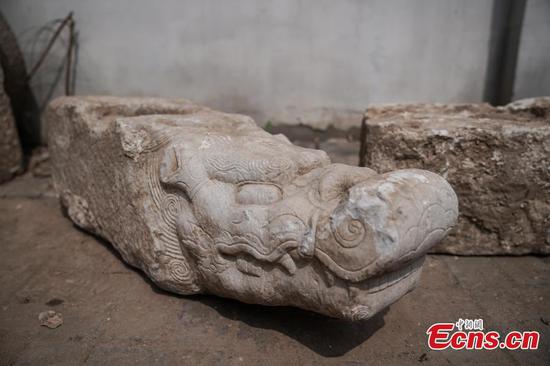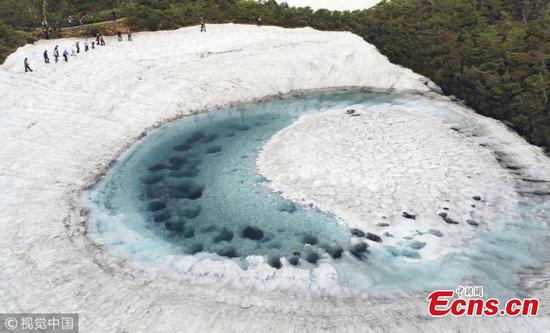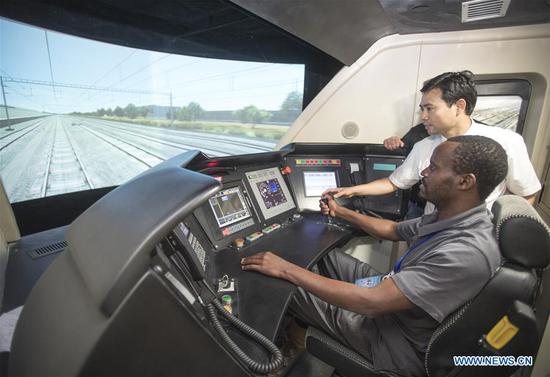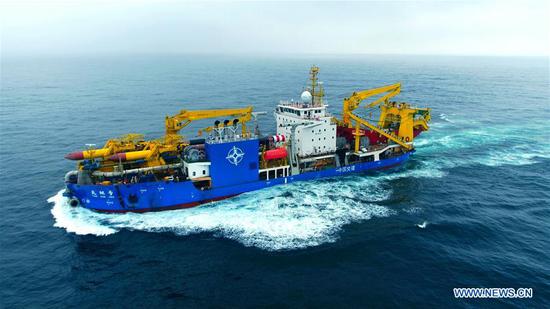The relay satellite of the Chang'e-4 began its orbit Thursday morning, preparing signal transmissions for the lunar probe which is expected to be launched by the end of the year, the China National Space Administration said.
The satellite Queqiao was successfully sent into the halo orbit of the Earth-Moon Lagrange Point L2 at 11:06 a.m. on Thursday, becoming the first satellite operating in the orbit, according to a statement released by the China National Space Administration on Thursday.
The satellite was sent into orbit to set up a communication link between the earth and the Chang'e-4, which will explore the moon's mysterious far side.
The satellite also carried two detecting equipments: a low frequency radio wave detector developed by the Netherlands and a small lunar optical imaging detector from Saudi Arabia, the statement said.
Another two international payloads by Germany and Sweden will be carried on Chang'e-4.
Chang'e-4 will perform the task for the first time in the world to land in the south pole region of the far side of the moon and conduct inspection and exploration work.
The far side of the moon is of great scientific interest, but landing there requires a relay satellite to transmit signals, the Xinhua News Agency reported.
The name Queqiao, or magpies bridge, was derived from a Chinese folktale, where magpies form a bridge with their wings on the seventh night of the seventh lunar month to enable the seventh daughter of the Goddess of Heaven to meet her beloved husband, separated from her by the Milky Way.
















